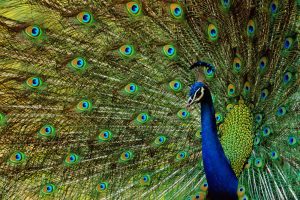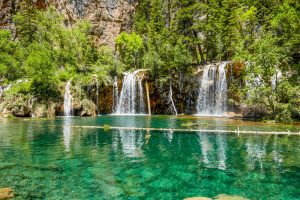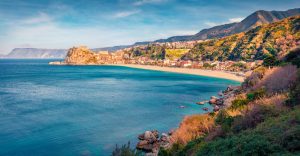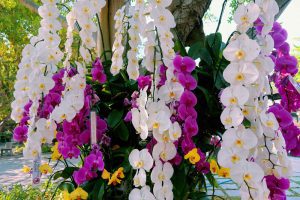In 1947, Japan named the green pheasant its national bird, and this bird is well known all over the world. The male is colorful, with a dark green crown and a blue and purple-tinged throat and neck.
The mantle of the green pheasant, or Phasianus Versicolor, is located near the shoulders and along the spine and is dark green, olive, and gray. The female has darker feathers and is less colorful than the male.
The green pheasant lives in grasslands and near crop fields that raise corn and other grains. They are found in woodlands, brush, and grasslands.
The female pheasant is tan and grayish-brown and has a much shorter tail than the male.
Their diet consists of a combination of plants, bugs, eggs, grains, and beans. Because these birds are very skittish, they are raised by breeders and on farms in small quantities.
Table of Contents
Why is the green pheasant the national bird?
Folklore dictates that the green pheasant can detect earthquakes and make calling sounds before they hit. Earthquakes are quite common in Japan, and because of the bird’s ability to detect them, the green pheasant holds great importance to the Japanese.
Under what conditions does the green pheasant live?
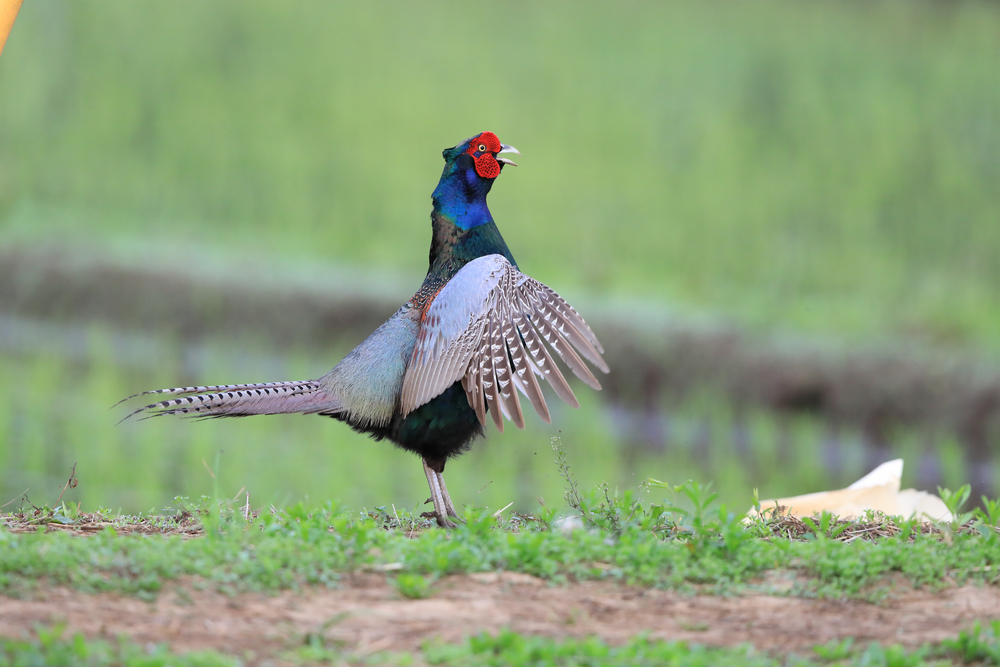
Green pheasants often live outdoors in large flocks, and they may live alone or in pairs. They only live about one year in the wild and about two when raised on farms and by breeders.
How does this species reproduce?
This breed starts mating at about one year old, and green pheasant males often mate with several females at one time. Their glitzy feathers lure females looking for a mate.
A male’s group of hens lays about 6–20 eggs at a time, and the hens keep the eggs warm for about 3 weeks.
The females take care of the chicks after they hatch.
The eggs produced are olive in color and their nests are usually located in secluded, sheltered spots.
A few months after the chicks hatch, the young pheasants learn to be independent. Green pheasants are attentive caregivers to their young until they are ready to leave the next.
Hot weather endangers newborn chicks, and many of the chicks die in the first six to ten weeks after hatching. Some female pheasants adopt stray chicks who have lost their mothers due to predators or illness.
What is the size and flying speed of the green pheasant?
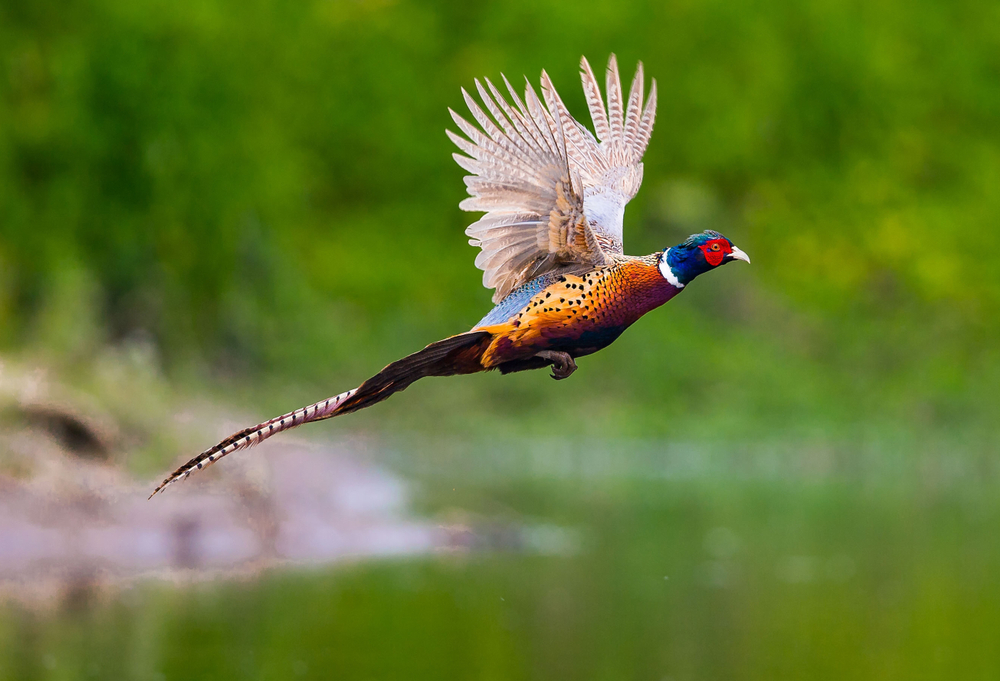
The birds are small, but the male’s tail is long – about 20 inches – and adds to the total appearance of its size. The females have smaller tails and, overall, the birds are about the size of a chicken and weigh between 1–3 pounds.
They fly fast, about fifty miles per hour in fact, and when threatened they can reach about sixty miles per hour.
How are they raised on farms?
Those that raise the green pheasant must find a breeder to purchase them from. They are not common and hard to locate. They were raised in the United States but have fallen out of favor due to the Avian flu a few years ago.
They are very solitary birds and like to be left alone. When they see humans or animals, they often hide.
They need a very large pen with plenty of cover to hide behind or in. Their pens should have bushes, trees, and limbs to give them the seclusion they require.
When they do not have this, they will try to escape by flying against the wire or fences and can injure themselves. They need a secure pen to protect them from other animals that prey on them.
They are often raised with only one male bird in a pen, as breeders find that male gets into fights in order to attain alpha male status in their environment.
The birds should be fed 30 percent protein until they are mature and then they can be fed commercial bird feed, corn, fruit, and nuts.
It is crucial that these birds are not given cold water to drink – it can cause shock and kill them. Breeders should give them water that is lukewarm or tepid instead.
What types of aviaries are needed for green pheasants?
The green pheasant needs a large space with plenty of cover to encourage it to lay eggs.
These birds are harder to breed because they cannot be crowded into small spaces and should be raised in small groups in a rural setting.
They are often raised on small farms and by breeders in small quantities.
How is the Japanese green pheasant classified?
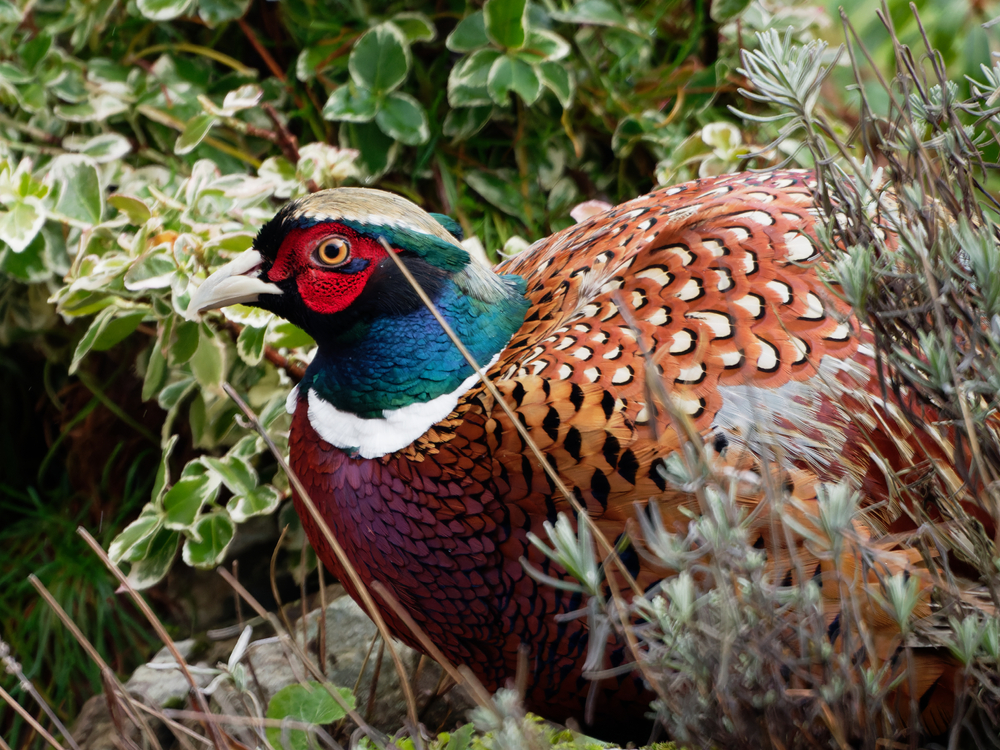
This pheasant is classified as a subspecies of the common pheasant. It is classified in the category of bird and the biological classification of Aves.
This means it has feathers, vertebrae, a beak, a lightweight skeleton, and lays eggs with hard shells.
They like to run, due to their strong legs, more than they prefer to fly. They run fast and have keen hearing and sight. They know when another animal or human is approaching due to their heightened senses.
They can swim, walk about 10 miles per hour, and dive into water to hunt for food. Their sharp claws are handy in cold weather for digging through the snow to find food.
Do green pheasants migrate?
No, they stay in their nests in the wild and often do without food for a few days when it becomes scarce. Some even die due to not being able to find any food and from the cold.
In summer, they breathe faster to cool themselves down in the hot weather.
Are green pheasants found outside of Japan?
Yes, green pheasants are found on the Hawaiian Islands, in Europe, and in the United States.
What animals hunt and eat green pheasants?
Humans hunt pheasants and eat them, as do animals like coyotes, owls, foxes, dogs, hawks, and eagles. Other small animals like to eat their eggs.






